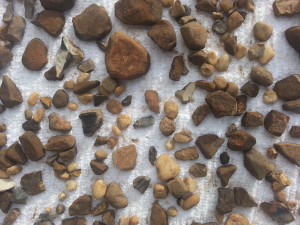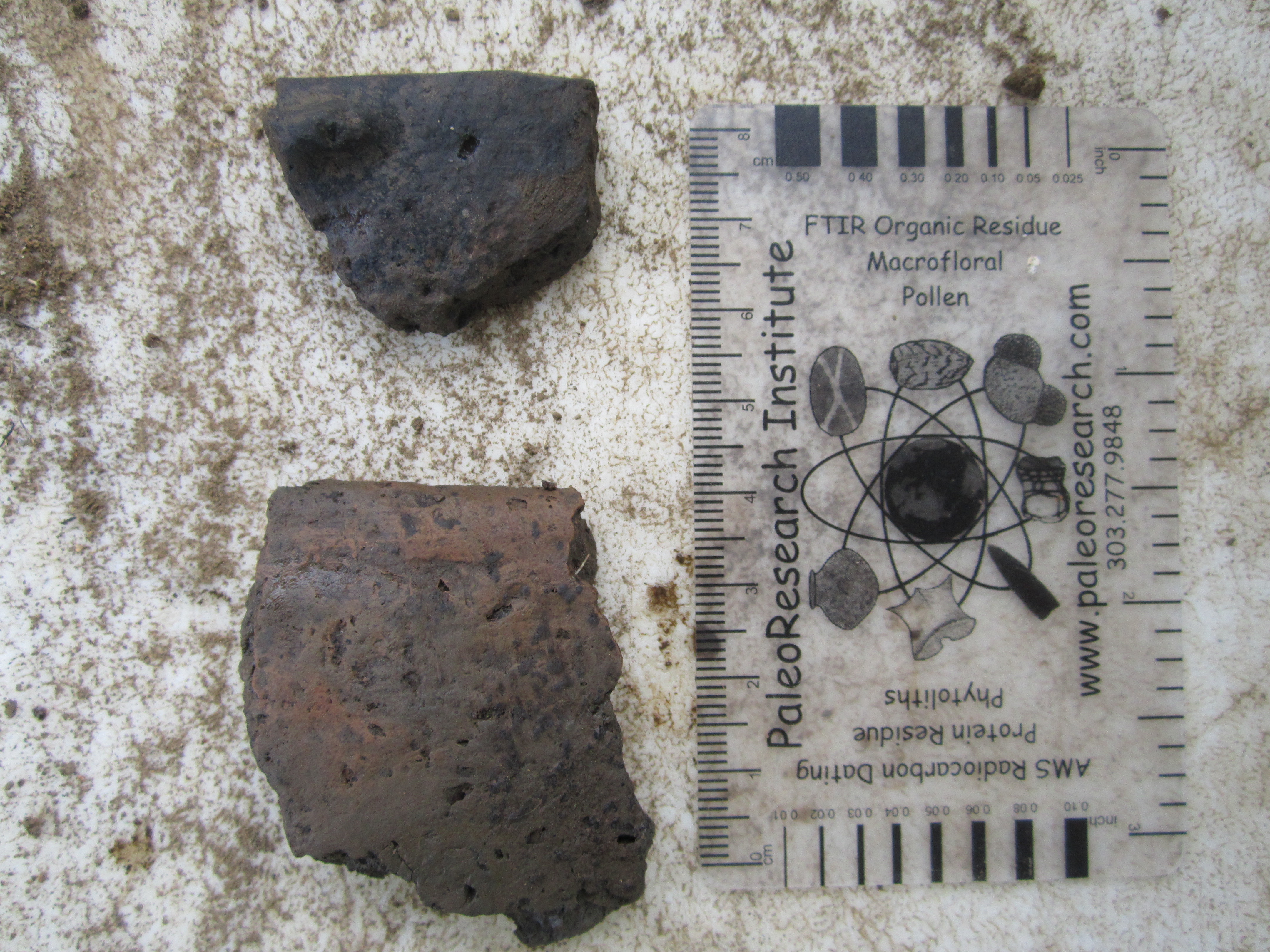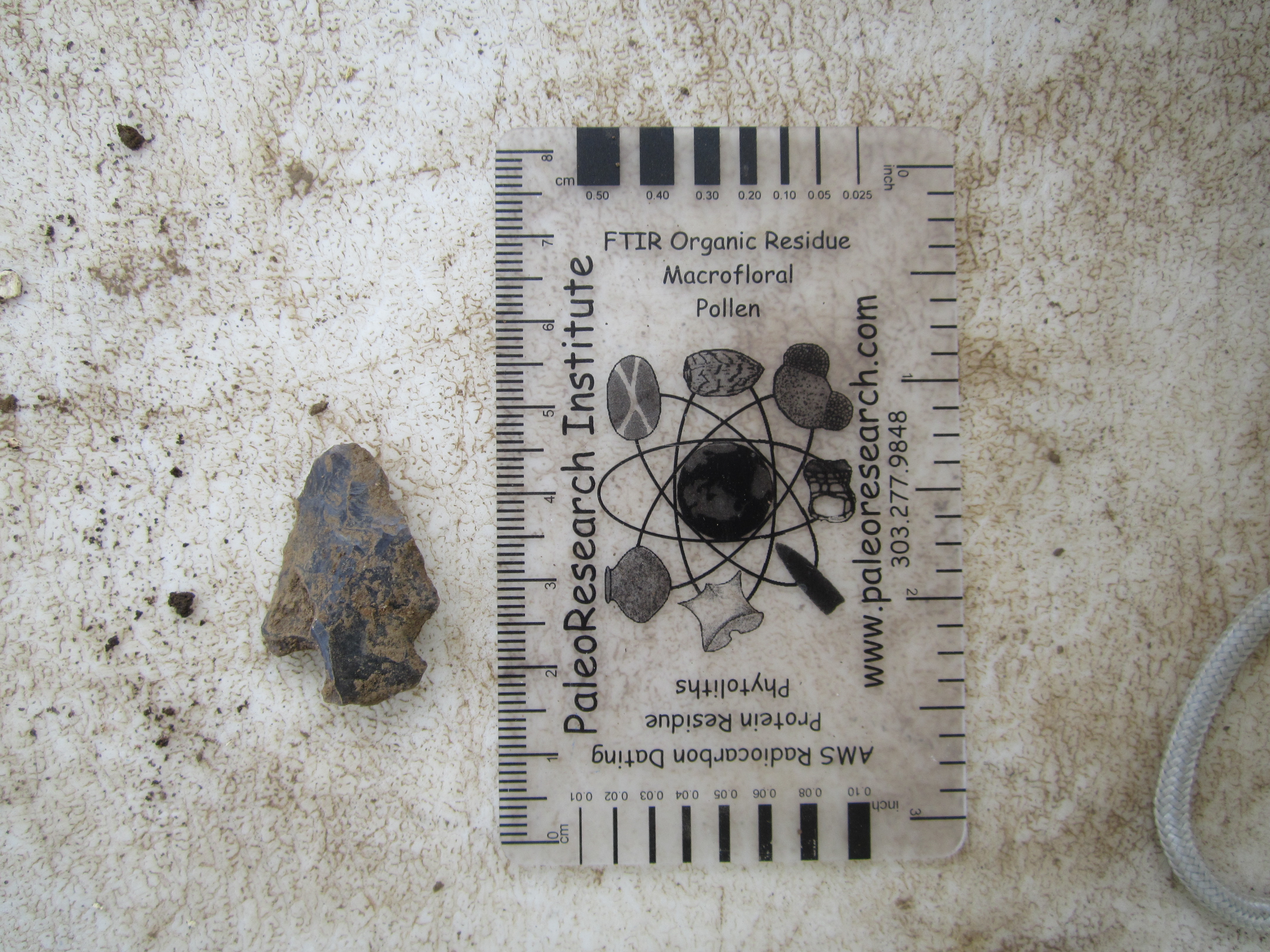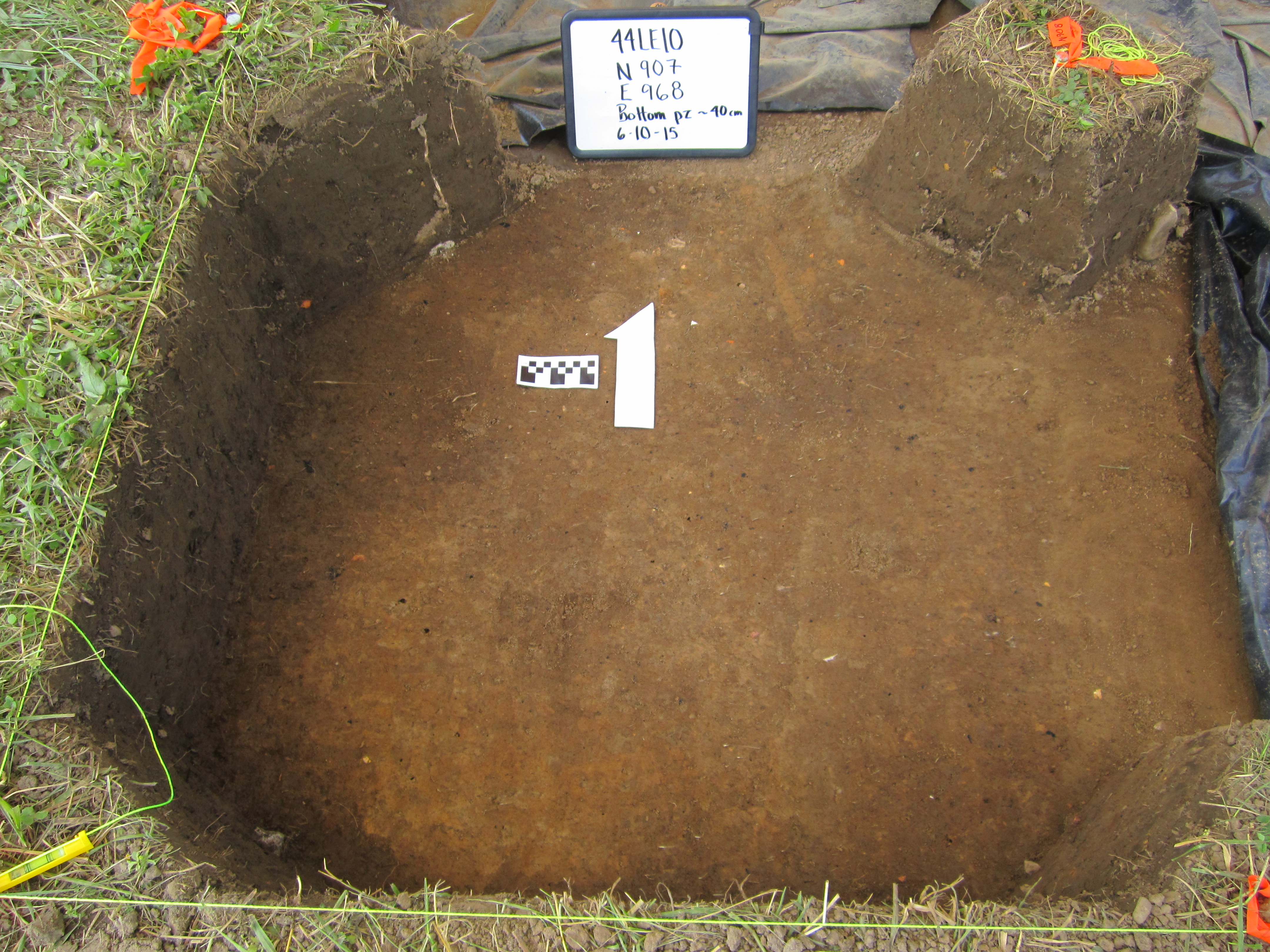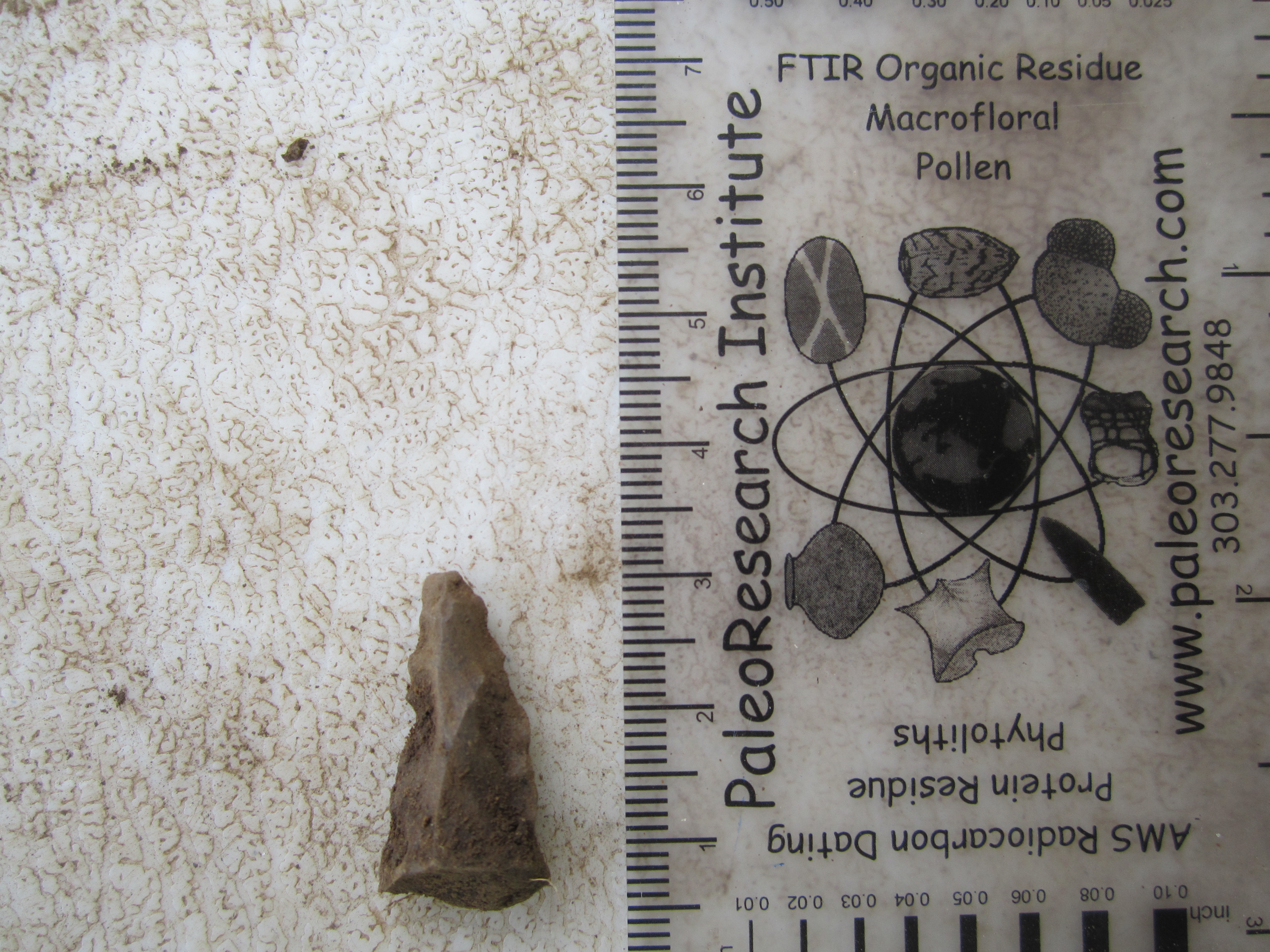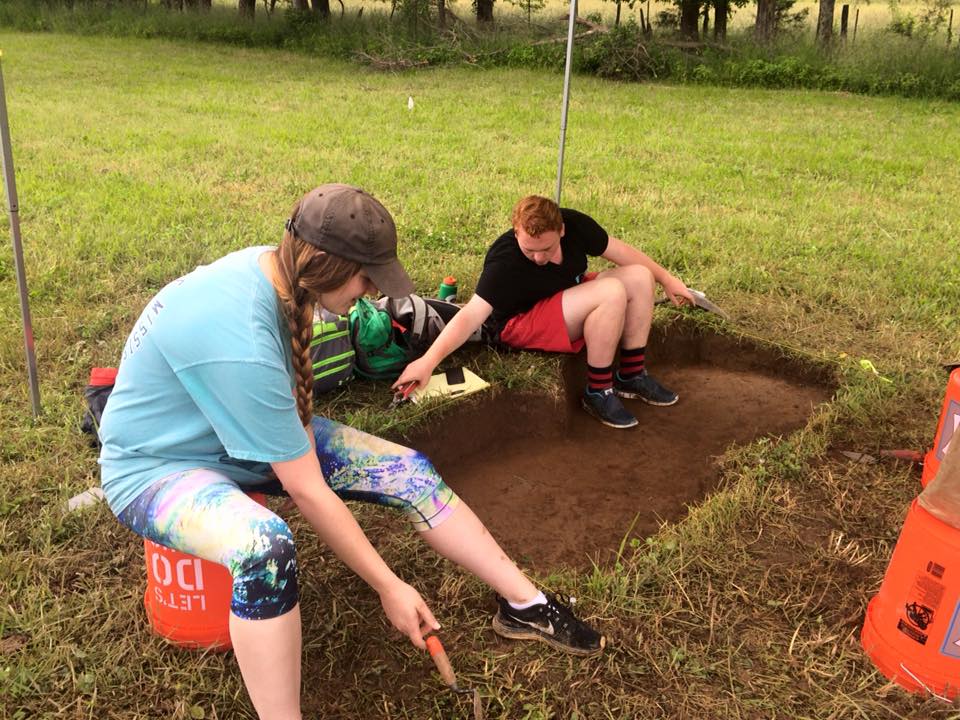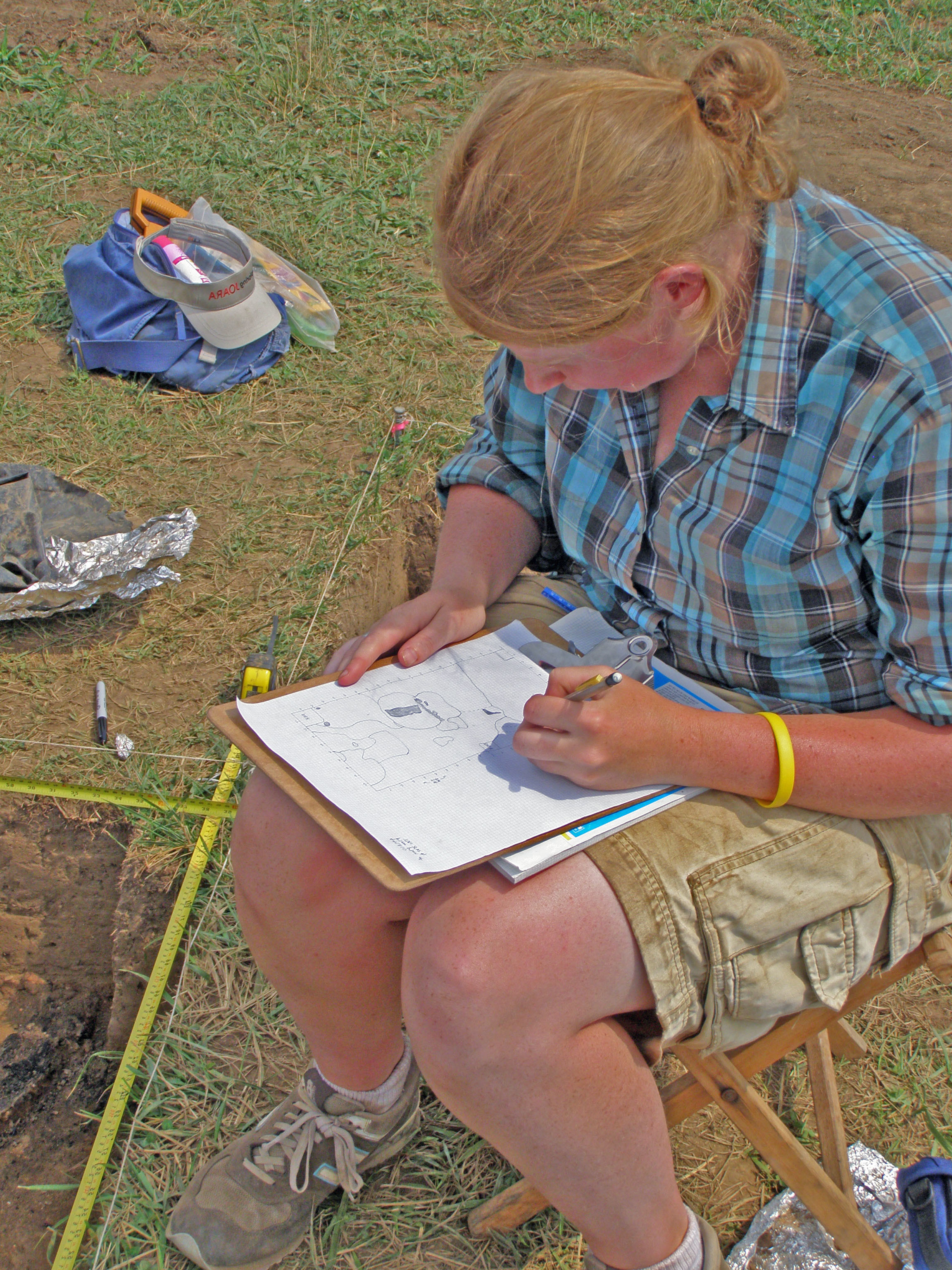Carter Robinson Field School
Dr. Maureen Meyers
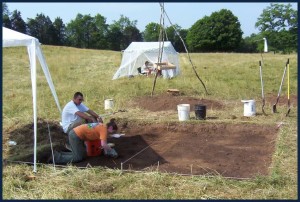 Welcome to the blog of the University of Mississippi Summer 2015 Archaeological Field School at the Carter Robinson site. Dr. Maureen Meyers of the University of Mississippi and her graduate students Hamilton Bryant and Randall Smith are leading the fieldwork at Carter Robinson, one of the very few Mississippian mound sites in Southwest Virginia.
Welcome to the blog of the University of Mississippi Summer 2015 Archaeological Field School at the Carter Robinson site. Dr. Maureen Meyers of the University of Mississippi and her graduate students Hamilton Bryant and Randall Smith are leading the fieldwork at Carter Robinson, one of the very few Mississippian mound sites in Southwest Virginia.
The Mississippian cultural period (approximately A.D. 900-1600) represents the last purely indigenous cultural expression in the greater Southeastern United States. This region stretched from eastern Texas and Oklahoma in the west to South Carolina in the east and from Wisconsin in the north to Florida in the south. During this time large populations farmed the fertile soils of southeastern floodplains and hereditary elites (i.e., chiefs) controlled both large and small geographic regions. Political centers were generally found along major waterways and could be recognized by the presence of one or more mounds and numerous structures arranged 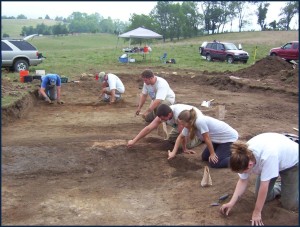 around a central plaza. Importantly, these centers relied on more peripheral regions for both utilitarian and non-utilitarian resources. Research by Meyers demonstrated that the Carter Robinson mound site dates to the Mississippian period, which expanded the edges of the Mississippian world. Carter Robinson was occupied primarily during the fourteenth century (A.D. 1285-1375) and was likely a frontier settlement by Mississippian groups in the Norris Basin of Eastern Tennessee to have greater access to trade goods such as cannel coal, shell, and salt. Past excavations revealed that the people of Carter Robinson were making shell beads, probably for trade and/or ritual purposes.
around a central plaza. Importantly, these centers relied on more peripheral regions for both utilitarian and non-utilitarian resources. Research by Meyers demonstrated that the Carter Robinson mound site dates to the Mississippian period, which expanded the edges of the Mississippian world. Carter Robinson was occupied primarily during the fourteenth century (A.D. 1285-1375) and was likely a frontier settlement by Mississippian groups in the Norris Basin of Eastern Tennessee to have greater access to trade goods such as cannel coal, shell, and salt. Past excavations revealed that the people of Carter Robinson were making shell beads, probably for trade and/or ritual purposes.
The purpose of this season of fieldwork is to identify specific areas of the site that were involved in the production of non-utilitarian artifacts known as chunkey stones. These stones were used as gaming pieces and possibly had ritual meaning. The 2015 field school is excavating a house site and associated activity areas in a previously unexcavated area south of the mound. These data will be compared to other houses and activity areas previously identified at Carter Robinson.
Check out the 2015 Field School Blog!
Follow the excavations on Facebook!
Field School Blog Posts
-
Carter Robinson Field School Blog
-
06/09/15 Today I Dug a Hole- Shannon W.
-
06/10/15 A Chunkey Stone-Neal C.
-
6/11/15 Archaeology: A Doorway To The Past- Abbey C.
-
06/15/15 The Other Side to Archaeology- Leanne Z
-
06/16/15 The Grid and Stadia Rod- Dalton C.
-
06/18/15 Life in the Field- Robert W.
-
06/19/15 Our Time Came to a Close- Ana M.
-
6/30/15 End of the Ole Miss Field School, Start of Analysis -Dr. Meyers
